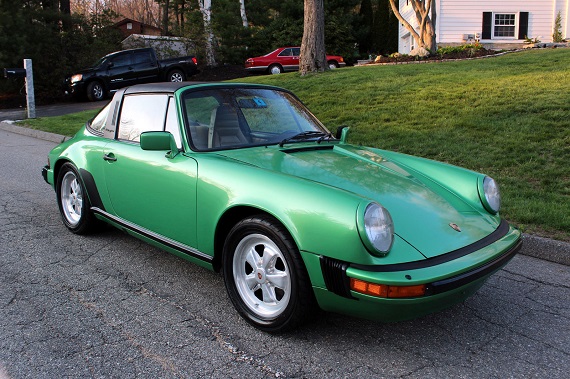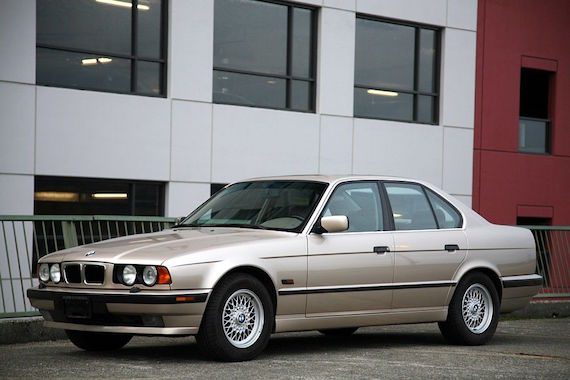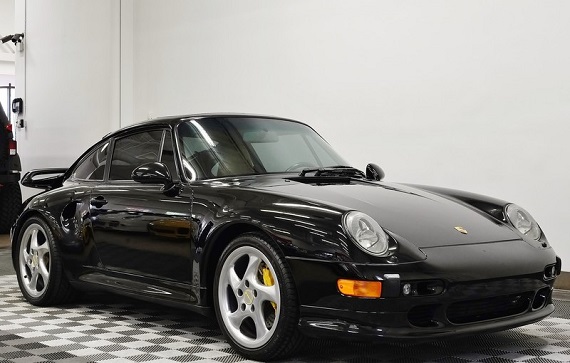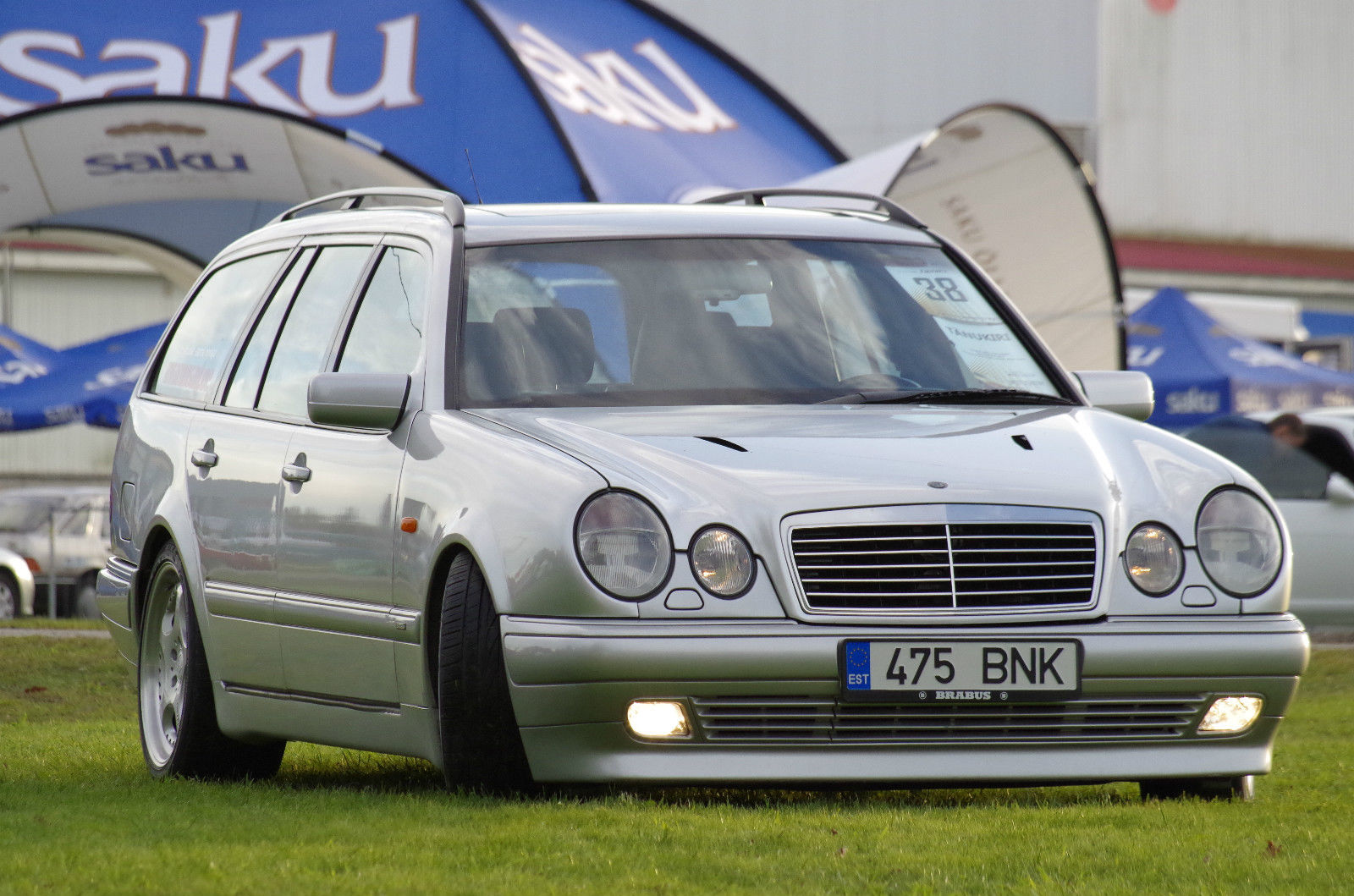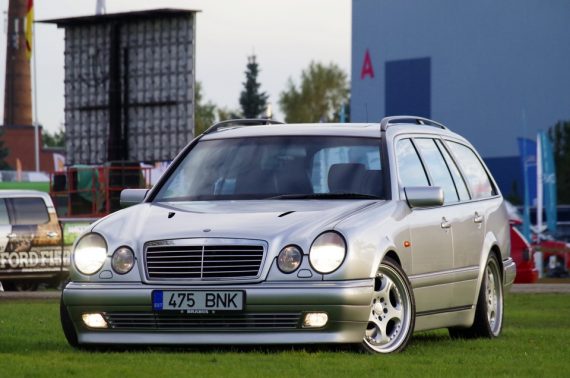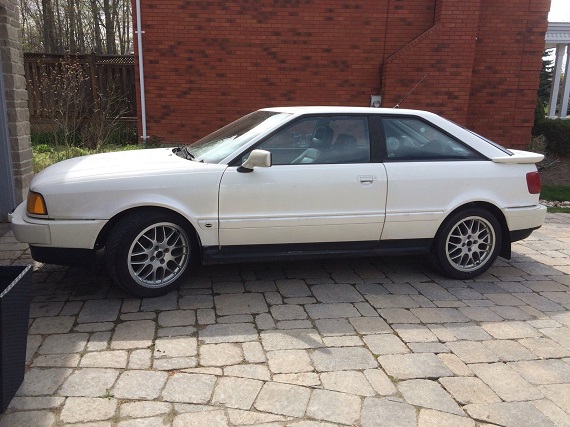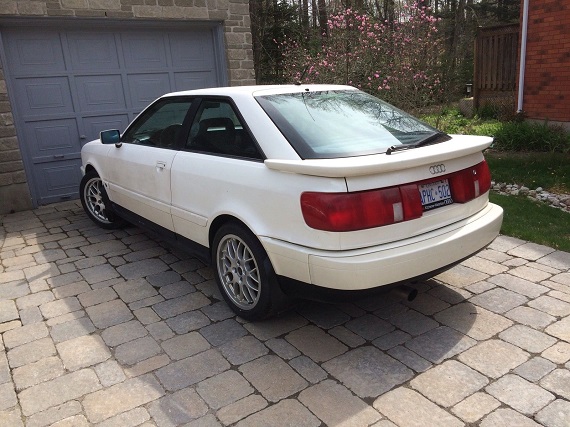There are always a few cars that I come across that immediately I know I will have to feature. As long as the basics of the car check out there’s typically enough to make it worthwhile and I begin to shift schedules and see where we can slot it in. This is just such a car: a Viper Green Metallic 1980 Porsche 911SC Targa, located in Massachusetts, with around 93K miles on it. As should be apparent, the allure here lies almost entirely in the color. I love a 911SC Targa in good shape and feature many of them, but I also pass by many of them. Viper Green does not get passed by. It’s such a rarely seen color on any 911 and a desirable color. Those familiar with the color will notice that this metallic variant differs quite a bit from the slightly darker, non-metallic, Viper Green that was available in the early ’70s. Both variants have points in their favor, but I prefer a metallic green so tend to lean toward this shade. I have commented before how I think green 911s tend to be under-appreciated. There is a caveat to that statement: it is typically the darker metallic greens that drift along unnoticed by many. Viper Green, and most any other pastel green Porsche has offered, rarely suffers such a fate and I don’t expect this 911SC to be any different. As the seller notes, this is by no means a conservative color, but what better way to have your classic 911 anyway?
German Cars For Sale Blog Posts
It’s surprisingly difficult to find a clean, low-mileage E34 5-series. I should know: I recently bought one myself. Although I eventually found a nice example, I had to wade through a lot of sad and tired cars before finding it. That’s a shame because these are among the most attractive and well-balanced cars produced by BMW in recent memory. The design neatly bridges the angular, four-headlight era with the softer, more rounded period to come in the late 90s, and is likely to be looked back upon as a classic. The styling is purposeful, handsome and unmistakably BMW. Even the hot versions, the 540i M-Sport and the M5, are only distinguished from the lower models by subtly modified bumpers and side skirts, leaving owners of base models, like myself, able to kid themselves that they are driving something a bit more special than they really are. The finely weighted chassis makes the car feel surprisingly throwable and sporty for an executive sedan; if the equivalent car from Mercedes, the W124, is built for autobahn cruising, the E34 is well suited to driving the back roads.
But unfortunately, a lot of these have already been driven into the ground. Every now and again however a nice one pops up, like this mint condition example for sale in Canada and eligible for import into the US.
CLICK FOR DETAILS: 1995 BMW 530i on eBay
1 CommentThis makes for a few days in a row of very expensive 911s, but I wanted to throw this one out there as another alternative to yesterday’s GT3 RS 4.0 for those shopping in these high-priced waters. The asking price here is another step up from the RS and a Turbo S is aimed directly at collectors, but just as the GT3 RS 4.0 looks like the last manual GT3 RS, the 993 Turbo S stands as the last air-cooled Turbo. While these days the Turbo S seems an almost ubiquitous part of the 911 lineup, this was not always the case and the early examples of these models have been very highly prized. Whether in the guise of the extremely rare variants of the 964 Turbo or the still rare 993 Turbo we see here, the Turbo S raised Porsche’s ethos of performance and luxury to the nth degree. For the 993 the combination of twin-turbocharging and all-wheel drive also raised the bar for usability. The rear-drive monster was now somewhat tamed, or put more charitably the Turbo was now more exploitable for the everyday driver. Here we have the classic combination of Black and Tan on a 1997 Porsche 911 Turbo S, located in Cleveland, with just 9,307 miles on it. While not as absolutely eye-catching as some other examples we’ve featured, there is a classic look to this black Turbo that certainly will strike broad appeal.
CLICK FOR DETAILS: 1997 Porsche 911 Turbo S on eBay
Comments closedA few days ago we featured a W211 E63 AMG wagon that is one of the baddest long roofs you can buy. In the later half of the 2000’s, getting that kind of power from your wagon was easy. You could ride down to your local Mercedes-Benz dealer, write a large check, then ride off and answer the question that no one ever asked. Why does someone need a station wagon that damn fast? In 1996, it wasn’t that easy. In order to pin your groceries to the back window when you accelerate, you needed to do a little more leg work. Enter legendary Mercedes tuner Brabus. This 1996 E430 Brabus 6.0 Wagon located in Estonia was transformed from an adequately powered kombi to supercar with a hatch.

